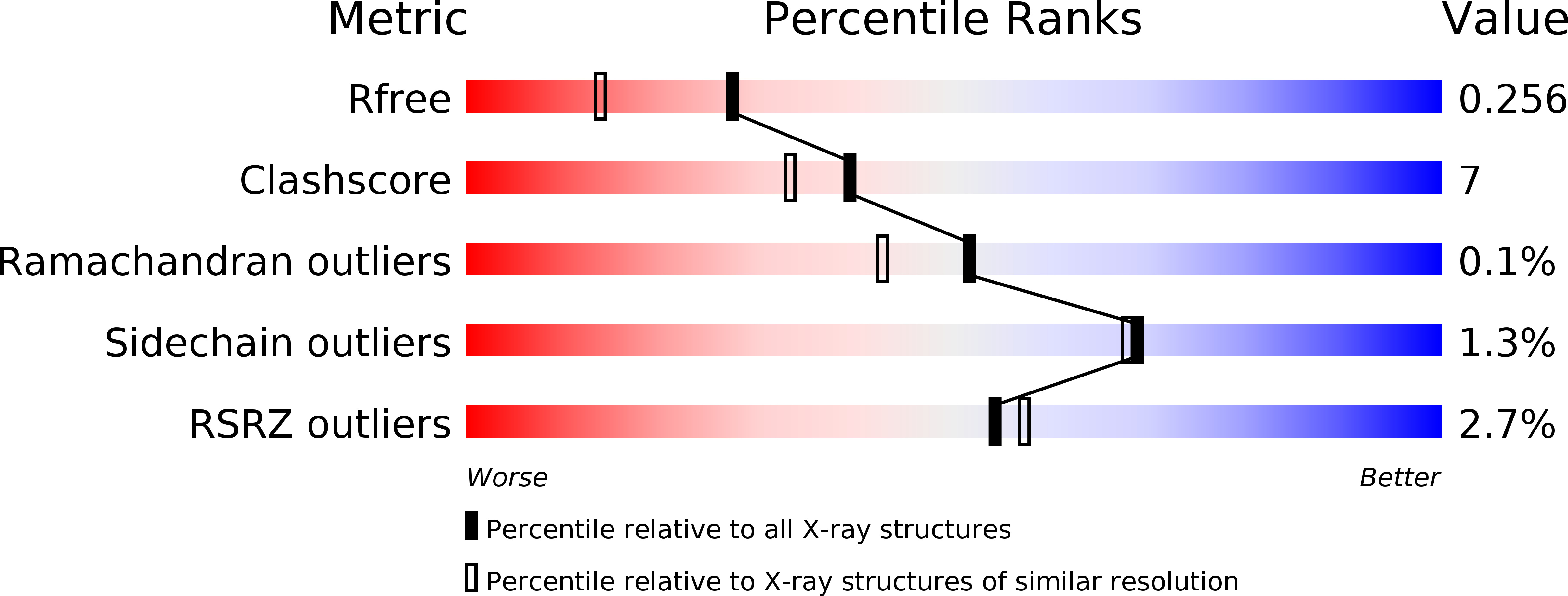
Deposition Date
2013-03-14
Release Date
2013-11-06
Last Version Date
2024-04-03
Entry Detail
Biological Source:
Source Organism:
Enterobacteria phage T5 (Taxon ID: 10726)
Host Organism:
Method Details:
Experimental Method:
Resolution:
1.90 Å
R-Value Free:
0.25
R-Value Work:
0.20
R-Value Observed:
0.20
Space Group:
P 1


